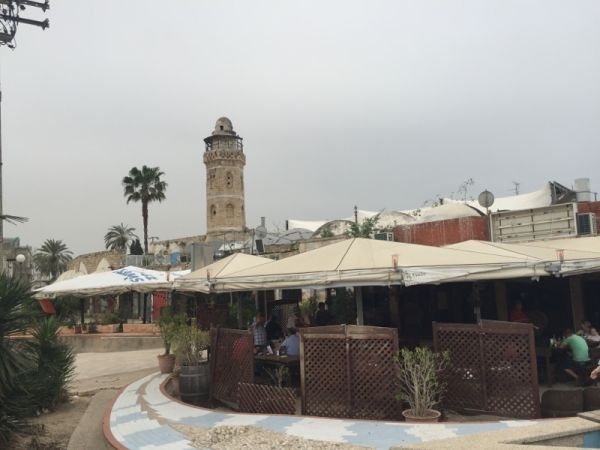In July 1950, Majdal - today Ashkelon - was still a mixed town. About 3,000 Palestinians lived there in a closed, fenced-off ghetto, next to the recently arrived Jewish residents. Before the 1948 war, Majdal had been a commercial and administrative center with a population of 12,000. It also had religious importance: nearby, amid the ruins of ancient Ashkelon, stood Mash'had Nabi Hussein, an 11th-century structure where, according to tradition, the head of Hussein Bin Ali, the grandson of the Prophet Muhammad, was interred; his death in Karbala, Iraq, marked the onset of the rift between Shi'ites and Sunnis. Muslim pilgrims, both Shi'ite and Sunni, would visit the site. But after July 1950, there was nothing left for them to visit: that's when the Israel Defense Forces blew up Mash'had Nabi Hussein.
This was not the only Muslim holy place destroyed after Israel's War of Independence. According to a book by Dr. Meron Benvenisti, of the 160 mosques in the Palestinian villages incorporated into Israel under the armistice agreements, fewer than 40 are still standing. What is unusual about the case of Mash'had Nabi Hussein is that the demolition is documented, and direct responsibility was taken by none other than the GOC Southern Command at the time, an officer named Moshe Dayan. The documentation shows that the holy site was blown up deliberately, as part of a broader operation that included at least two additional mosques, one in Yavneh and the other in Ashdod.



